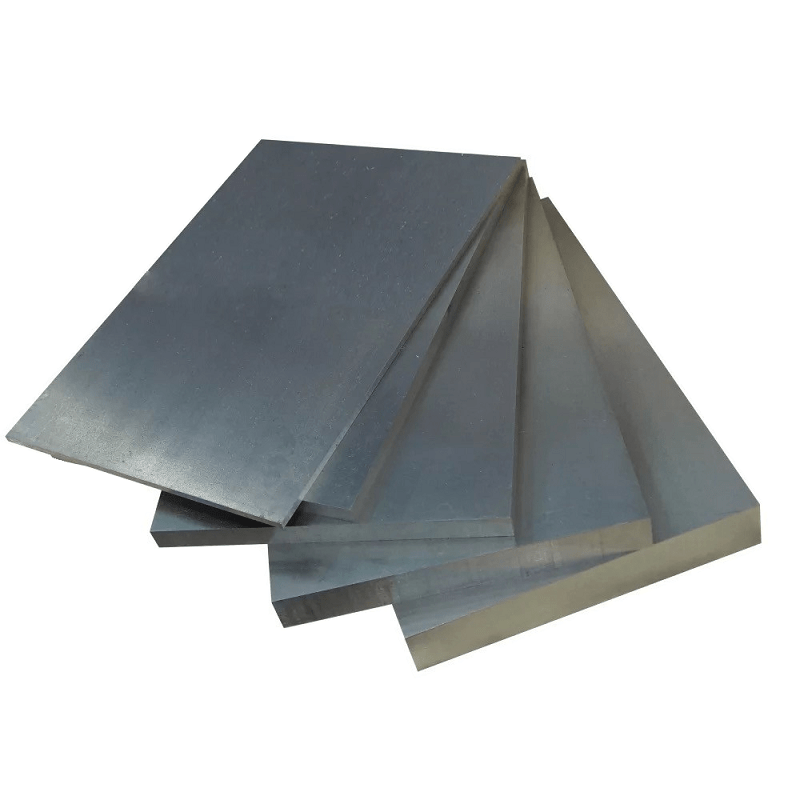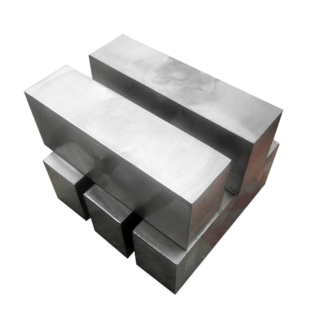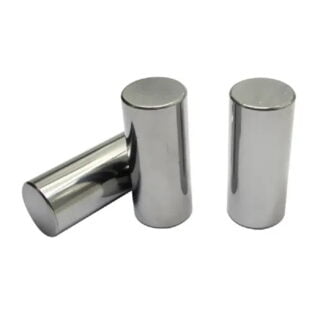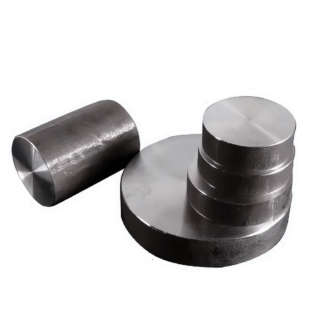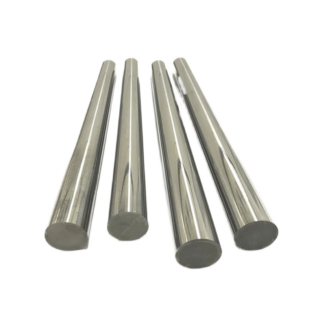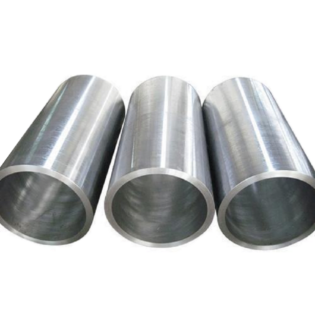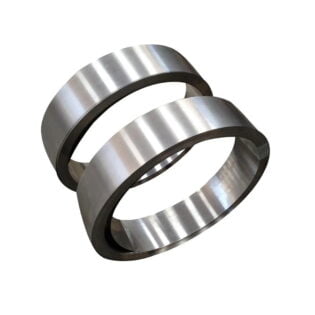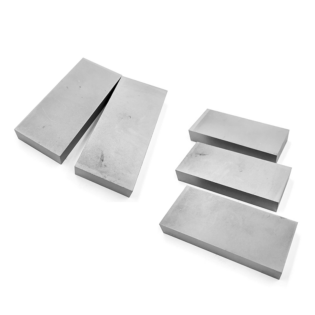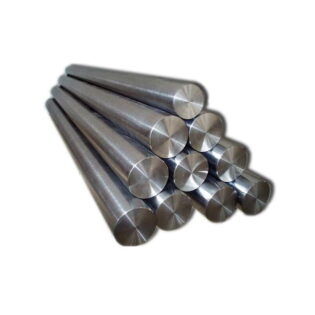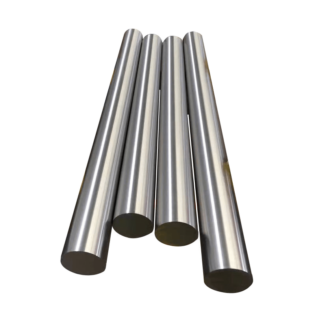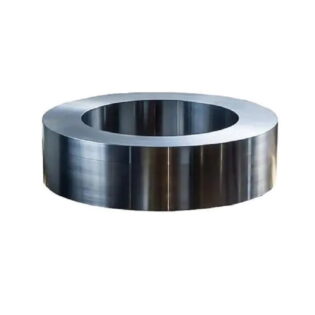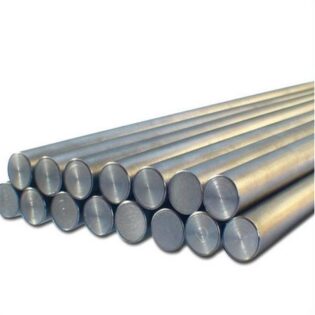Hastelloy B-2 Overview
Hastelloy B2 is a nickel-molybdenum alloy with significant resistance to reducing environments, such as hydrogen chloride gas and sulfuric, acetic and phosphoric acids. Hastelloy B2 provides resistance to pure sulfuric acid and a number of non-oxidizing acids. The alloy should not be used in oxidizing media or where oxidizing contaminants are available in reducing media. Premature failure may occur if alloy B2 is used where iron or copper is present in a system containing hydrochloric acid.
Industry users like the resistance to a wide range of organic acids and the resistance to chloride-induced stress-corrosion cracking.
Hastelloy B2 resists the formation of grain boundary carbide precipitates in the weld heat-affected zone, making it suitable for most chemical process applications in the as-welded condition. The heat-affected weld zones have reduced precipitation of carbides and other phases to ensure uniform corrosion resistance.
Alloy B2 also has excellent resistance to pitting and stress corrosion cracking.
Hastelloy B-2 Applications
Superior resistance to hydrochloric acid, aluminum chloride catalysts and other strongly reducing chemicals. Excellent high-temperature strength in inert and vacuum atmospheres.
Hastelloy B2 is a nickel-molybdenum alloy particularly suited for equipment handling reducing chemical environments .
Applications in the chemical process industry involving sulfuric, phosphoric, hydrochloric and acetic acid. Temperature uses vary from ambient temperature to 1500°F depending on the environments (please call for technical advice).
Hastelloy B-2 سبائك النيكل الفائقة
Hastelloy B-2 is a solid solution strengthened nickel-molybdenum alloy, which has significant resistance to reducing environments such as hydrogen chloride gas, sulfuric acid, acetic acid and phosphoric acid. Molybdenum is the main alloying element and can provide significant corrosion resistance for reducing environments. This nickel steel alloy can be used in the welding state because it can resist the formation of grain boundary carbide precipitation in the welding heat-affected zone. This nickel alloy provides excellent resistance to hydrochloric acid at various concentrations and temperatures. In addition, Hastelloy B-2 has excellent resistance to pitting corrosion, stress corrosion cracking, and knife line and heat-affected zone attacks. Hastelloy B-2 provides resistance to pure sulfuric acid and many non-oxidizing acids.
هاستيلوي B-2 alloy has poor corrosion resistance to oxidizing environments, so it is not recommended for use in oxidizing media or the presence of iron or copper salts, because they may cause rapid premature corrosion failure. These salts may occur when hydrochloric acid comes into contact with iron and copper. Therefore, if the alloy is used with iron or copper pipes in a system containing hydrochloric acid, the presence of these salts may cause the alloy to fail prematurely. In addition, due to the reduced ductility of the alloy, this nickel steel alloy should not be used at temperatures between 1000°F and 1600°F.
Hastelloy B-2 Chemical Composition:
| مو | Fe | ج | شارك | سجل تجاري | Mn | و | ص | س |
|---|---|---|---|---|---|---|---|---|
| 26.0-30.0 | 2.0 كحد أقصى | 0.02 max | 1.0 كحد أقصى | 1.0 كحد أقصى | 1.0 كحد أقصى | 0.10 كحد أقصى | 0.040 max | 0.030 كحد أقصى |
Hastelloy B-2 Mechanical Properties:
| الخصائص الميكانيكية | Tensile Strength σb/MPa | Yield Strength σp0.2/MPa | Elongation σ5 /% | Hardness HBS |
|---|---|---|---|---|
| علاج الحل | 690 | 283 | 40 | - |
